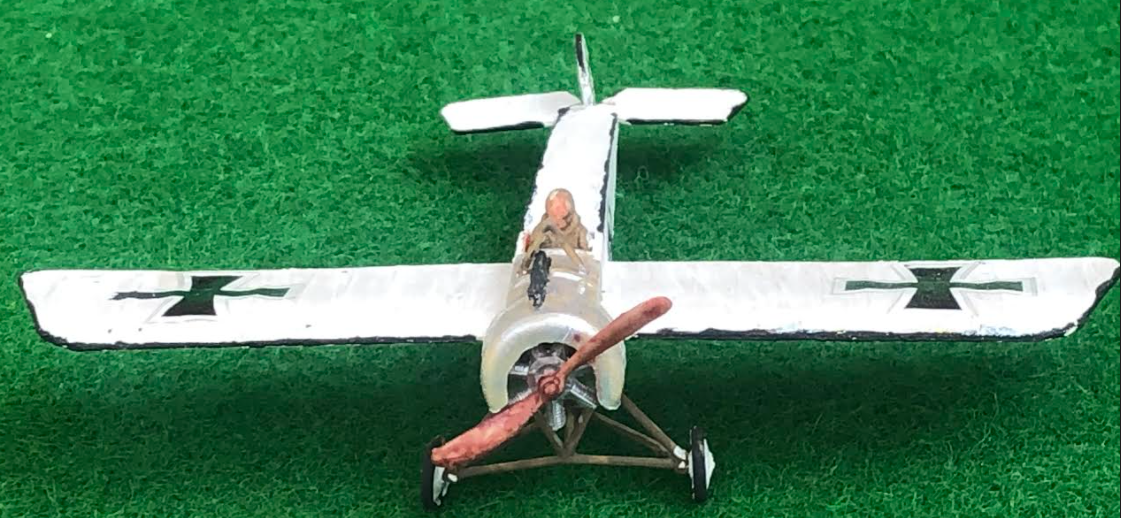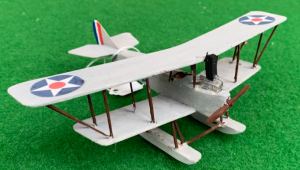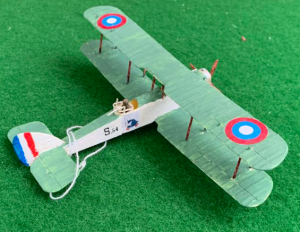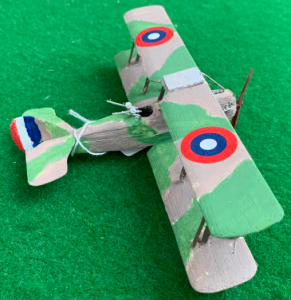Fokker E.I
The Fokker E.I was the first fighter aircraft to enter service with the Fliegertruppe of the Deutsches Heer in World War I. Its arrival at the front in mid-1915 marked the start of a period known as the “Fokker Scourge” during which the E.I and its successors achieved a measure of air superiority over the Western Front.
The E.I was essentially an armed version of the Fokker M.5K single-seat reconnaissance aircraft (military designation A.III), which was in turn very closely based on the design of the 1913 French Morane-Saulnier Type H.
It was an externally braced mid-winged monoplane with a vertically tapered box section fuselage, with fully movable horizontal and vertical stabilizing surfaces, also known as “flying” surfaces, giving the pilot the usual tail control functions; roll control was achieved through controlled wing warping, as was conventional in contemporary monoplanes. Wing warping was achieved through external cables attached to the wing’s rear spar, and running through a king post located in the front of the cockpit. The fuselage structure was fabric covered welded chromium-molybdenum steel tubing, the biggest difference between the Fokker and the Morane, which had an entirely wooden framework.
This unremarkable and derivative design was, however, transformed into a formidable fighter when it was fitted with the newly developed synchronizer gear, the Fokker Stangensteuerung system, firing a single 7.92 mm Parabellum LMG 14 or Spandau lMG 08 machine gun through the spinning propeller.
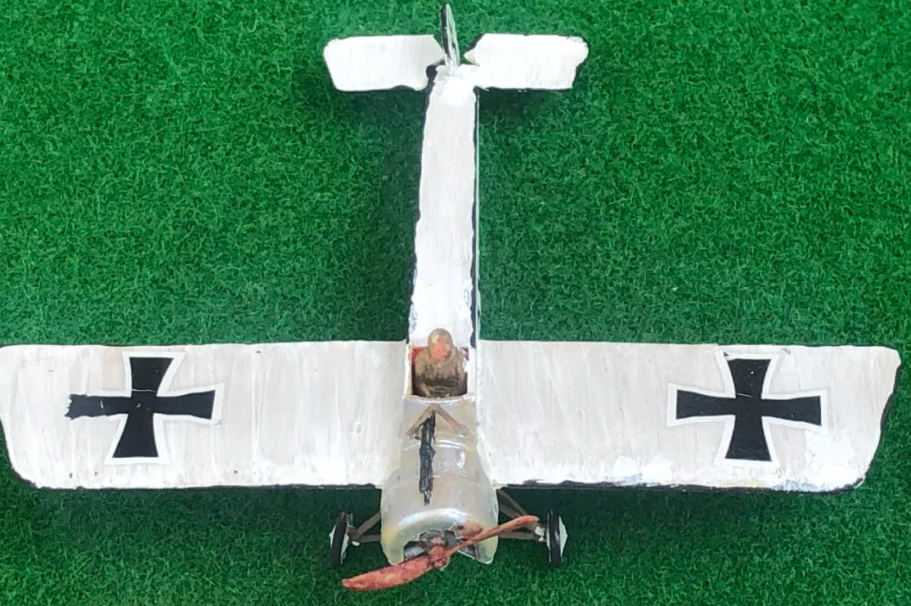
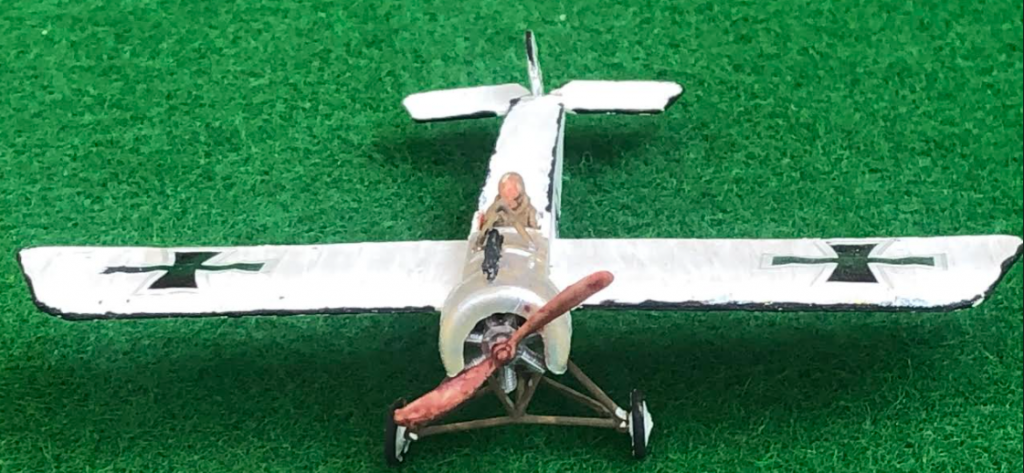
FOKKER E.I
Introduction: June 1915
Primary user: German Luftstreitkräfte
Number built: 54
Length: 7.22 m
Wingspan: 8.85 m
Engine: 1 × Motorenfabrik Oberursel U.0 7-cylinder air-cooled rotary engine, 80 hp
Maximum speed: 130 km/h

